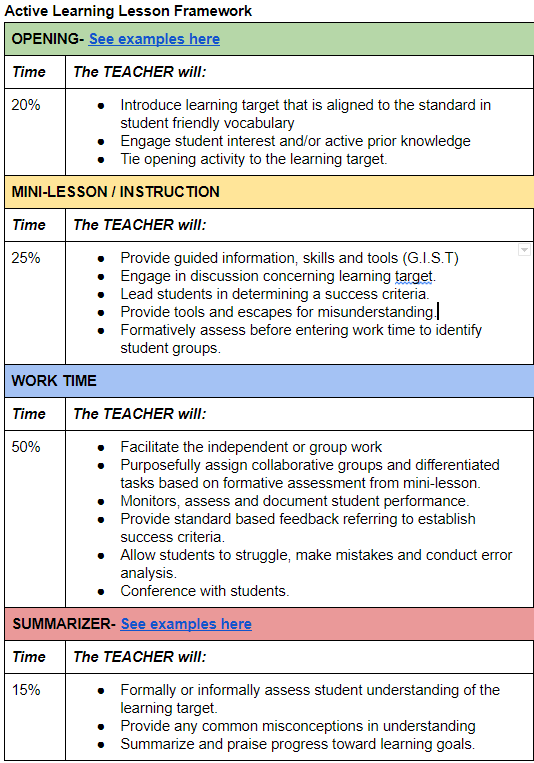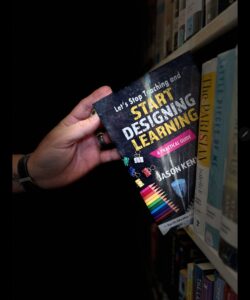How do you quit teaching? It starts and ends with choice. The first choice you must make as a teacher is to quit teaching like we always have and to start designing learning in the classroom. From there, the rest of this design process is one choice after another. However, all these choices are much different than those teachers have made in the past. These choices moving forward all center around the design, display and delineation of student learning.
Most teachers would think, “I already do that.” I also thought the same thing. I thought that if I was engaging and students paid attention and completed work and the work was for the most part quality that I had done my job. But I was wrong. Many of us overlooked the one thing we are there to make SURE happens, learning. Here is the one thing that everyone needs to understand about learning: IT HAS TO BE DESIGNED FOR. Just because we plan to teach something, doesn’t mean learning happened.
So, that takes us back to choices. Designing for learning takes intentional, instructional choices that produce visible learning. How is that different from planning? I asked my teachers the same thing. What is a plan? What is a design? Plans are things we want to do, would like to happen. We plan a vacation, a meal, a date. But even Outkast said, “You can plan a pretty picnic, but you can’t predict the weather.” Design is technical, calculated and calculating for the weather. Designs take everything into account and are specific and intentional. Plans often change with the circumstances; designs funnel the circumstances through predetermined routes.
What does designing instruction look like then? It starts with a framework, a blueprint to operate in and make those intentional choices around. I have included one of my own designs from 2018 when I was taking my teachers through a book study of Suzie Pepper Rollins’s book, Teaching in the Fast Lane. If you need a great place to start, check out chapter 3, it has most of the answers.

Moving forward, I will be breaking this design down into its parts and focusing my talks there, as well as posting some real world classroom ideas to accompany it. In the meantime, check it out and feel free to comment.


